Blog – Entries tagged as Acorde
Exhibition book Subtext: Typedesign is now available
You want to know more about the thriving Austrian type design scene? In case you missed the popular type design exhibition, Subtext: Typedesign, which took place in Vienna in April and May 2017: The book accompanying the exhibition is now available for purchase at the renowned Swiss publishing house Niggli. It introduces and documents the designs of more than 50 designers and foundries working locally and worldwide and presents more than 450 pages of recent Austrian type designs.
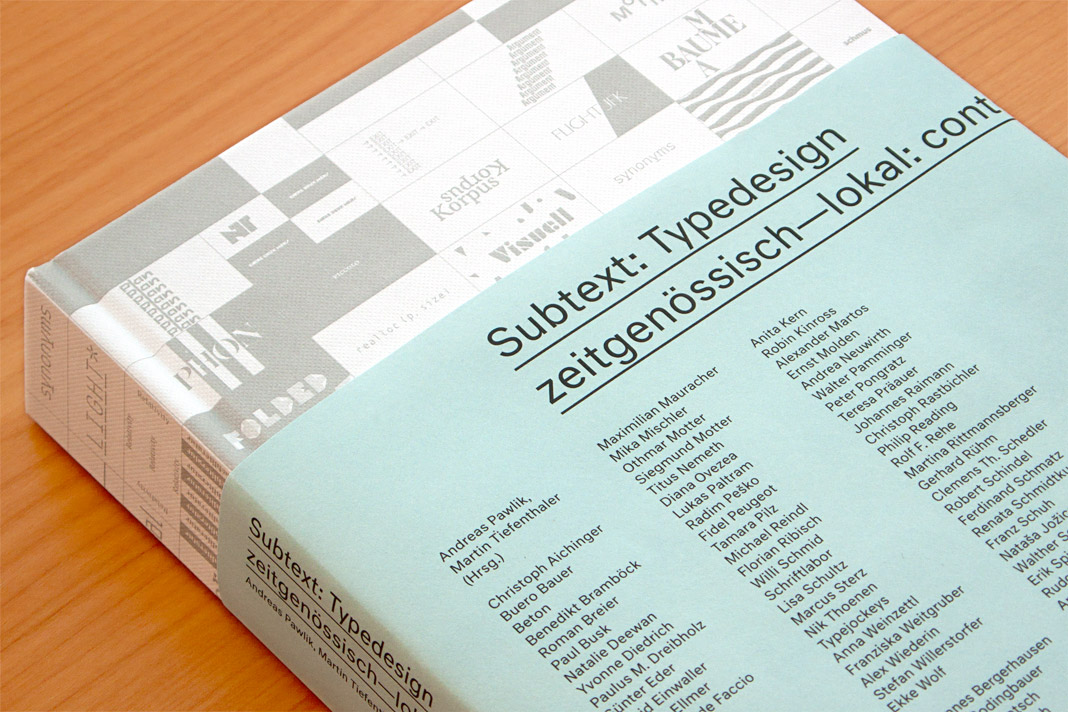 Cover of the exhibition book Subtext: Typedesign.
Cover of the exhibition book Subtext: Typedesign.
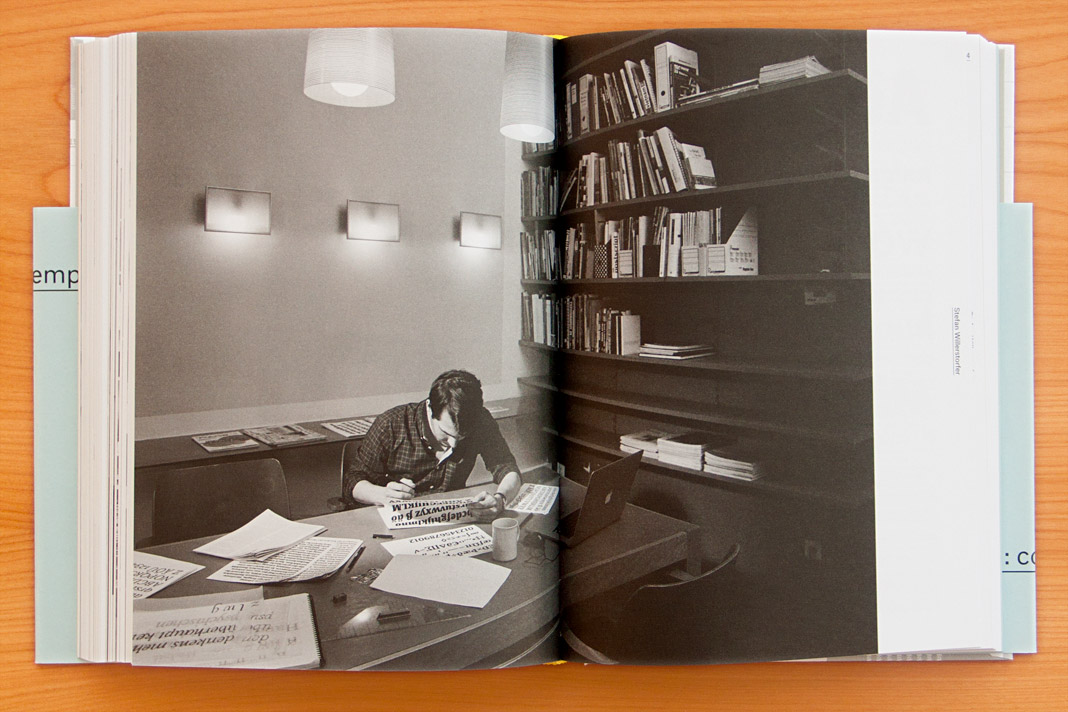 Double page spread showing a focused Stefan Willerstorfer at work.
Double page spread showing a focused Stefan Willerstorfer at work.
As one of Austria’s leading foundries our work is showcased in the book in great detail. The typefaces in the book are not only shown as specimens but also in real use. In addition, the book contains a comprehensive text section in which well-known authors from various cultures and academic disciplines explore their relationships to type design. Definitely worth a read!
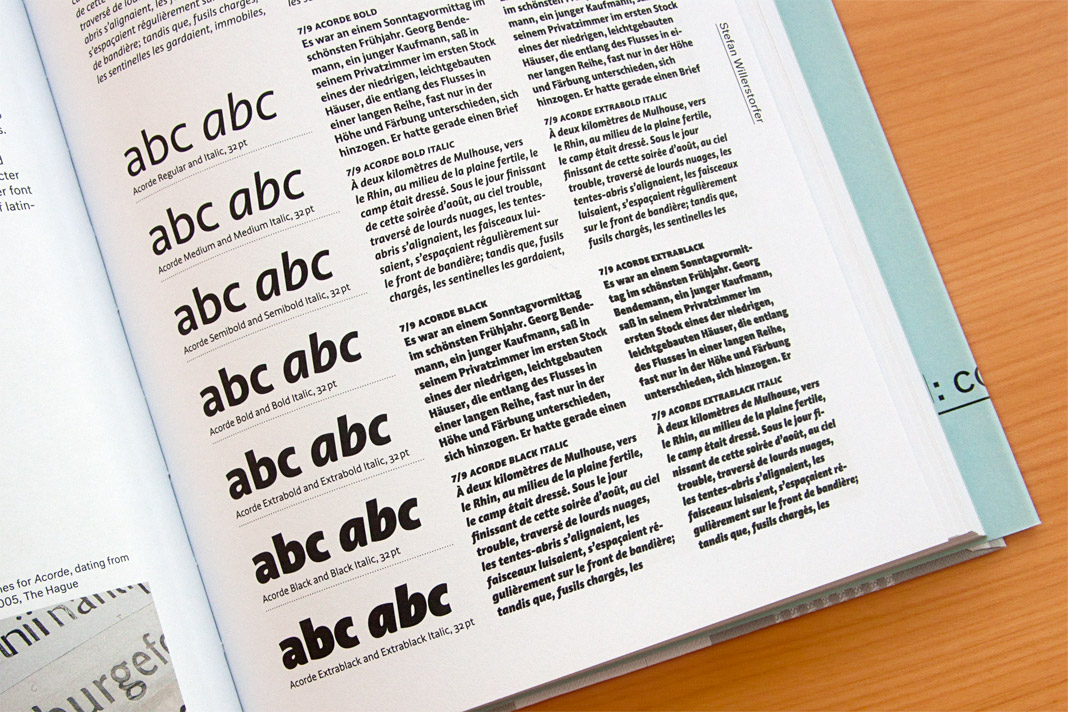
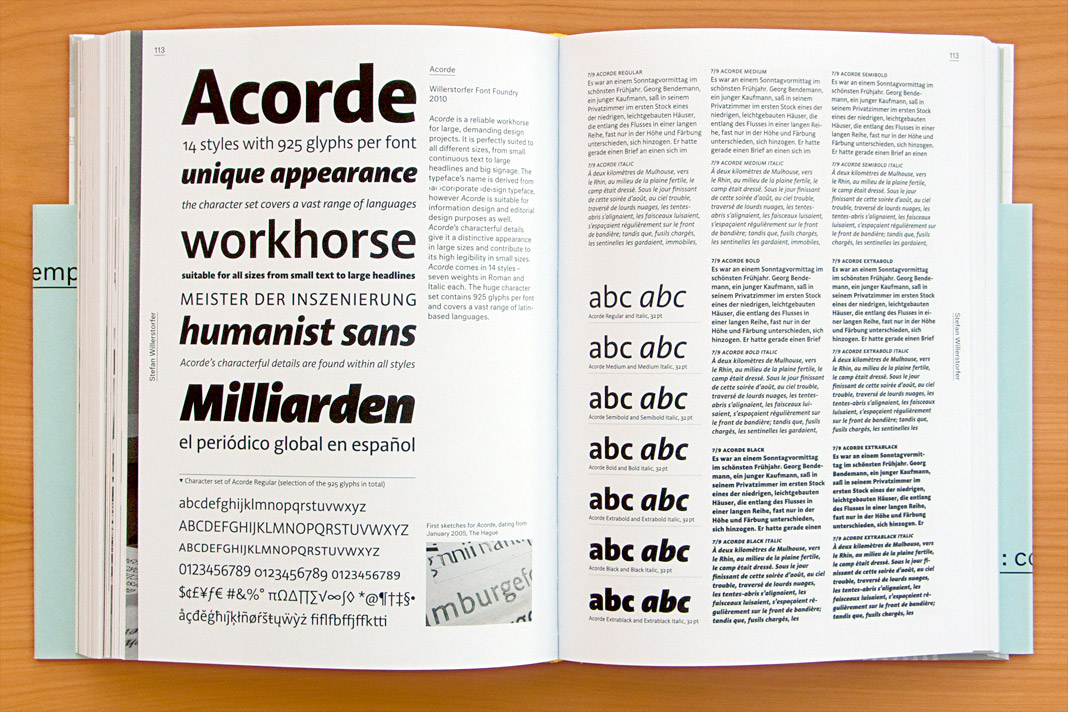 Double page spread presenting all 14 styles of Acorde.
Double page spread presenting all 14 styles of Acorde.
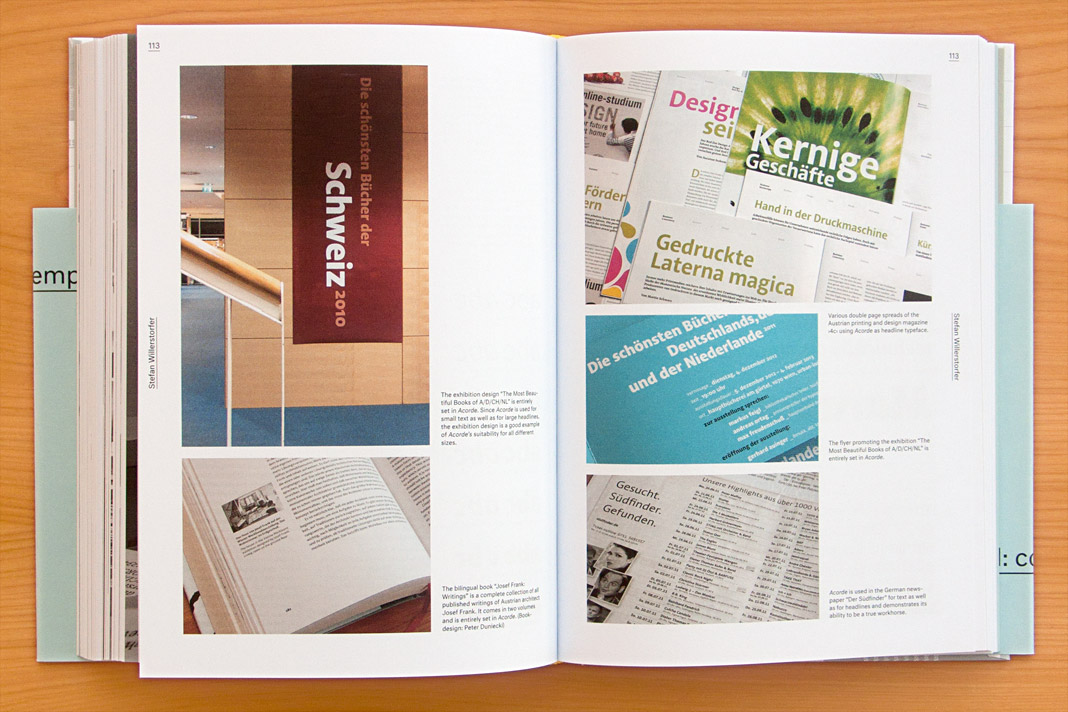 Double page spread showcasing Acorde in use.
Double page spread showcasing Acorde in use.
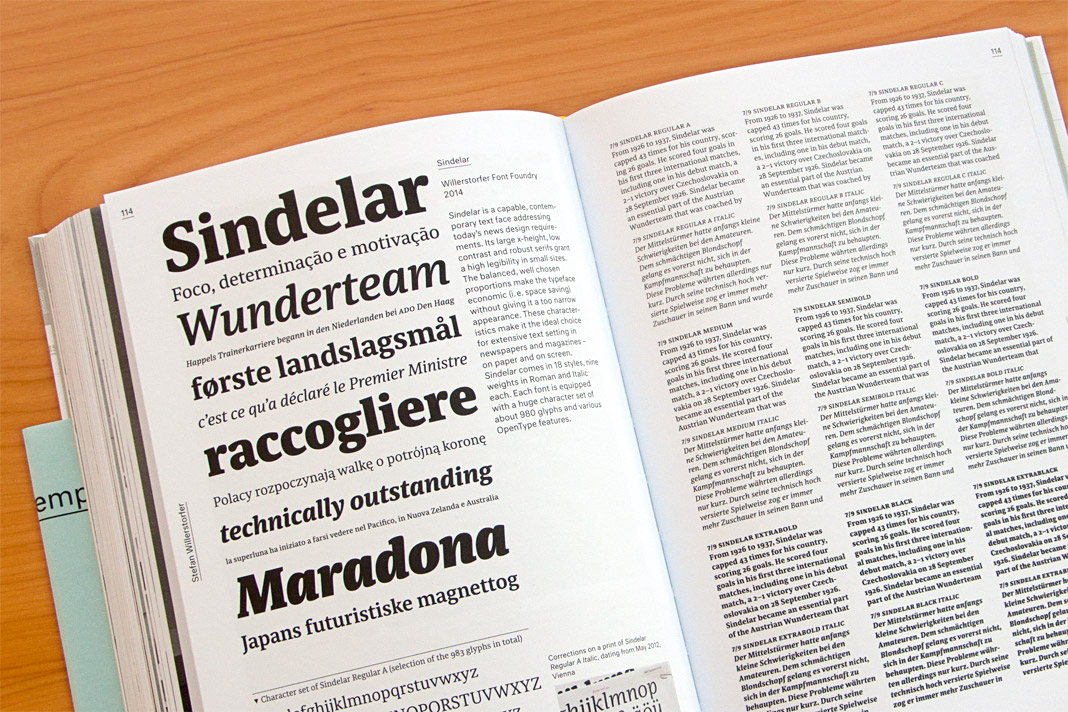 Double page spread presenting all 18 styles of Sindelar.
Double page spread presenting all 18 styles of Sindelar.
 Double page spread showcasing Sindelar in use.
Double page spread showcasing Sindelar in use.Acorde webfonts are finally available for purchase
Long-awaited by users around the globe and by all people with a passion for humanist sans serifs: Acorde webfonts are finally available for purchase. Since quality always comes first at Willerstorfer Font Foundry, Acorde webfonts were carefully developed and tested. The careful hinting of the core character set was done by German hinting expert Tim Ahrens.
A purchase of Acorde webfonts will greatly contribute to a company’s professionalism and recognisability. New customers now have the possibility to purchase Acorde desktop fonts and Acorde webfonts at the same time, resulting in a generous 50% discount on the lower priced item. Acorde webfonts are exclusively available at willerstorfer.com
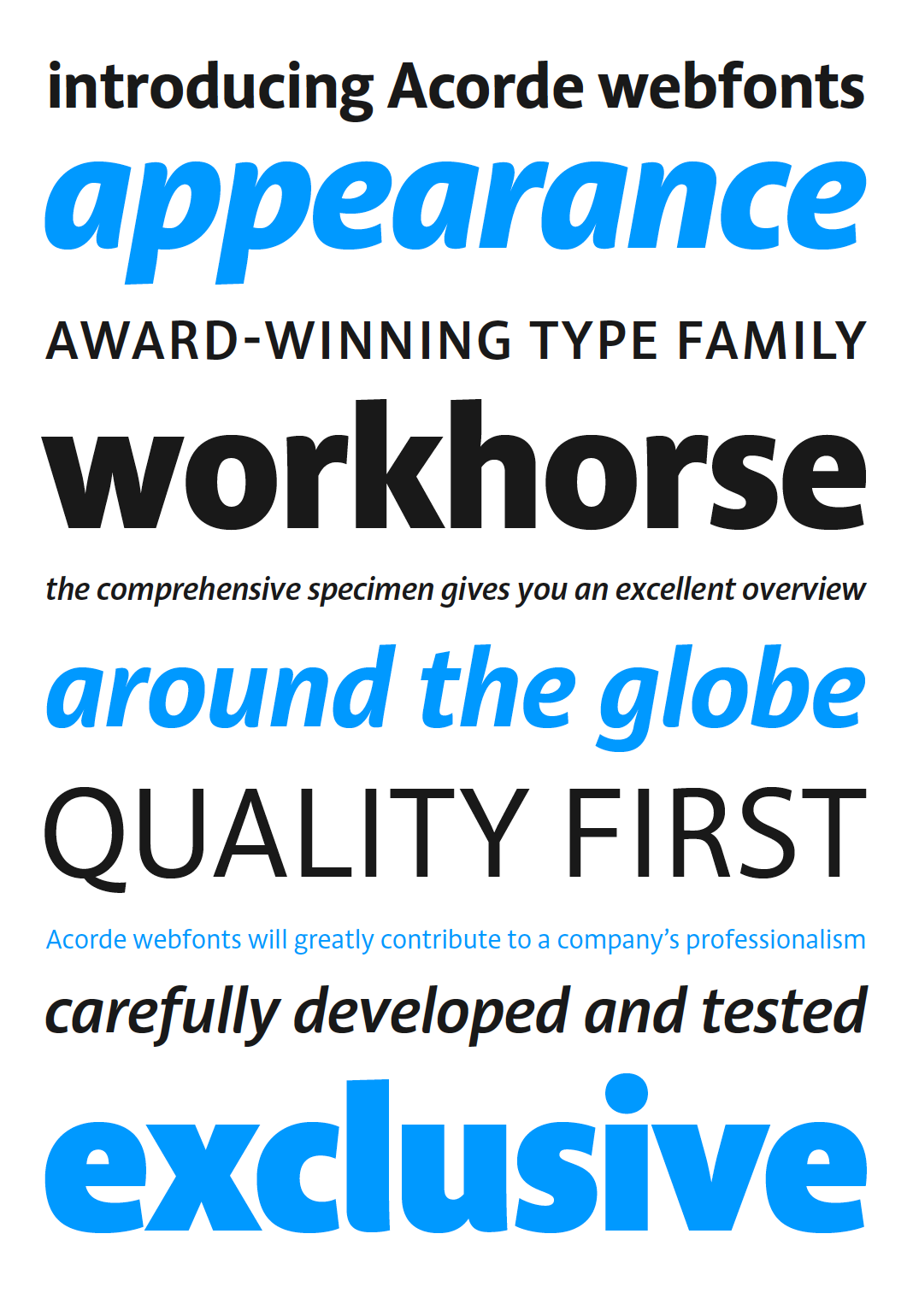 All 14 styles of Acorde are available for web use.
All 14 styles of Acorde are available for web use.Austrian design exhibition Subtext: Typedesign in Vienna
Yesterday the opening of the design exhibition Subtext: Typedesign took place at the Designforum in Vienna’s Museumsquartier. The opening was a great success and attracted more than 500 people. The exhibition subtitled zeitgenössisch–lokal: contemporary–austrian showcases Austrian type designs from the last fifteen years and impressively documents the liveliness of the Austrian type design scene.
The exhibition is organised by the Typographic Society Austria (tga – Typographische Gesellschaft Austria) and was curated by Andreas Pawlik and Martin Tiefenthaler.
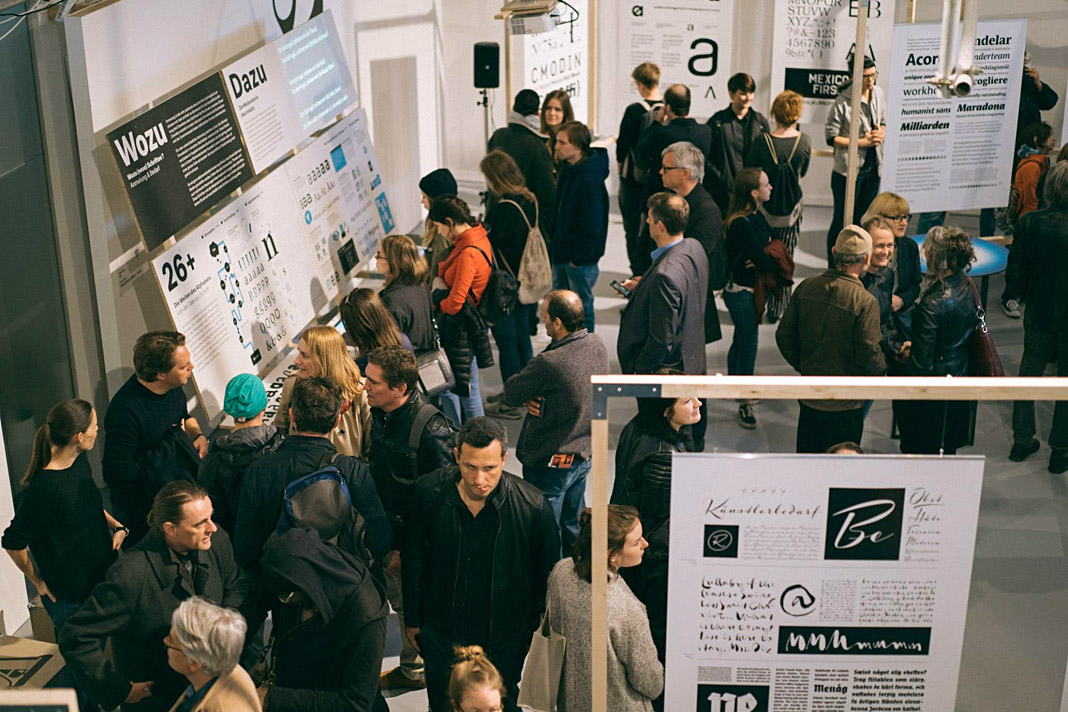
 Anita Kern speaking at the opening in front of a poster showcasing Acorde and Sindelar.
Anita Kern speaking at the opening in front of a poster showcasing Acorde and Sindelar.
At the opening Anita Kern, an Austrian graphic designer, writer, and profound expert on Austrian design history, spoke about the history and the current state of Austrian type design.
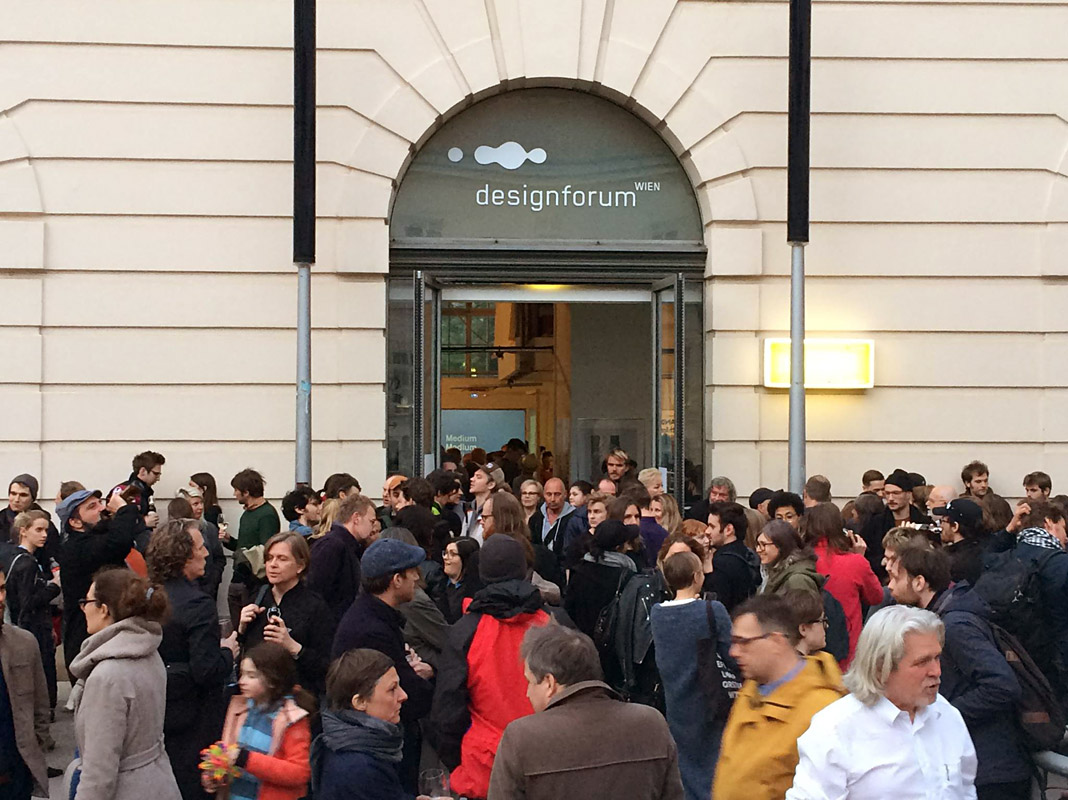 Even the Designforum’s entrance was crowded with visitors at the opening.
Even the Designforum’s entrance was crowded with visitors at the opening.

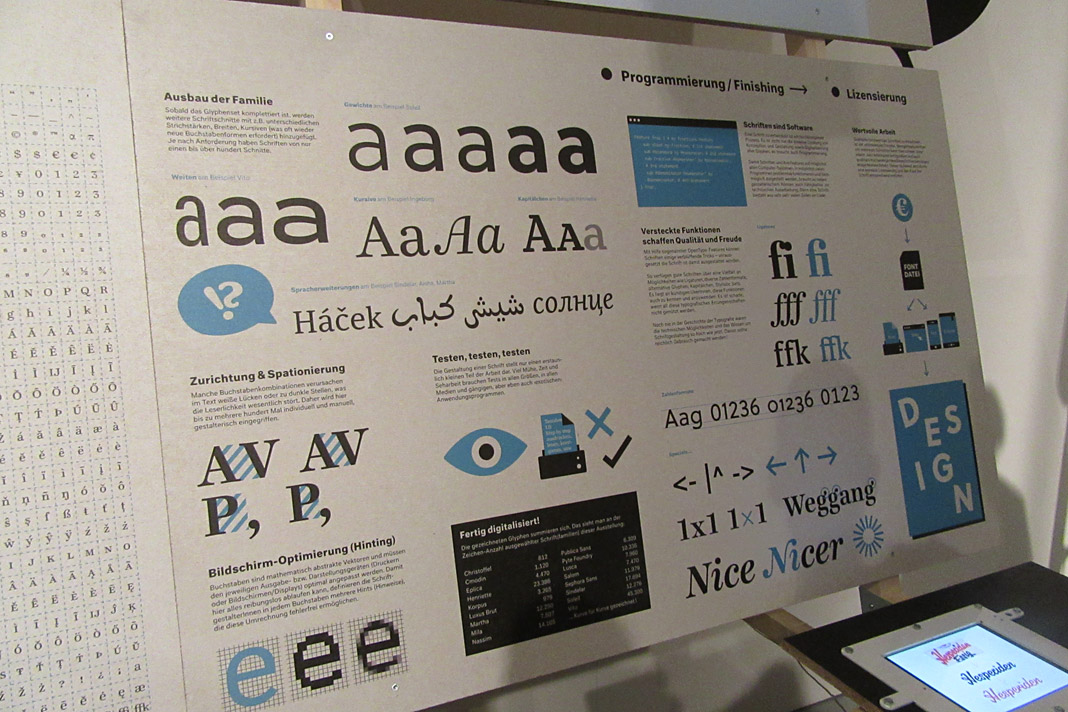 This informative chart explains the workflow during the development of a type family.
This informative chart explains the workflow during the development of a type family.
Here at Willerstorfer Font Foundry we are proud that our award winning type families Acorde and Sindelar are part of this beautiful exhibition.

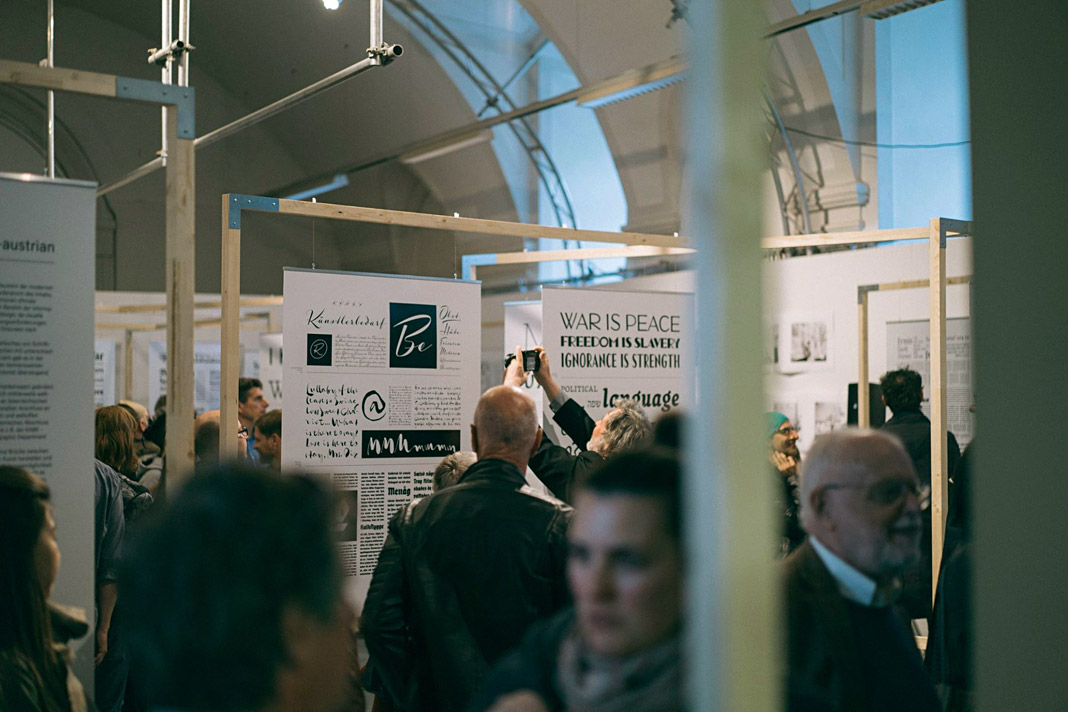
If you happen to be in Vienna use the opportunity to get more insights on Austrian type design and visit the exhibition at the Designforum. The exhibition will be on show until the 26th of May 2017. More detailed information is available here.
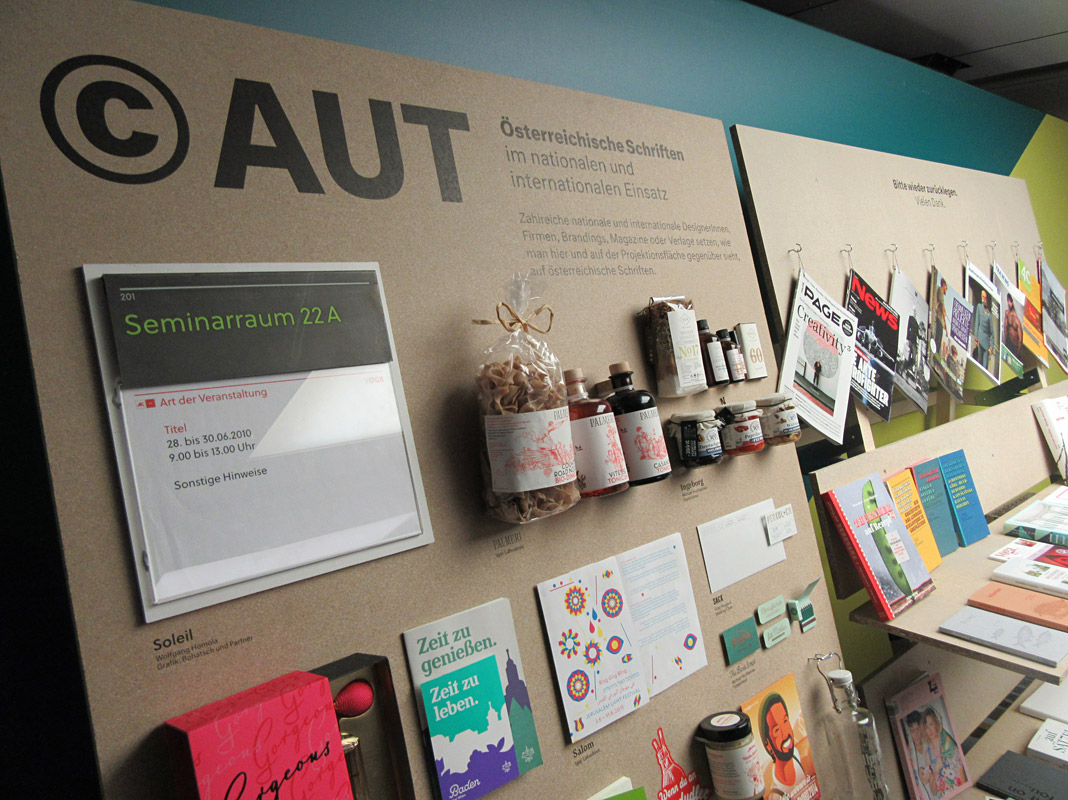
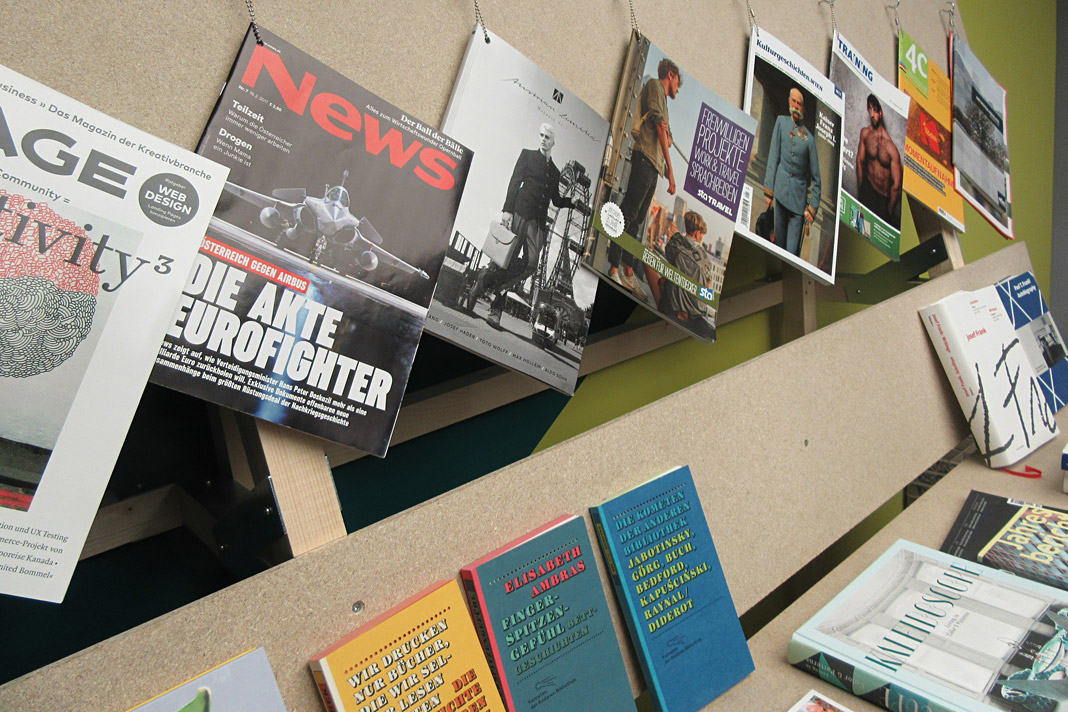 A selection of magazines, newspapers, books, and other products that use Austrian type families.
A selection of magazines, newspapers, books, and other products that use Austrian type families.
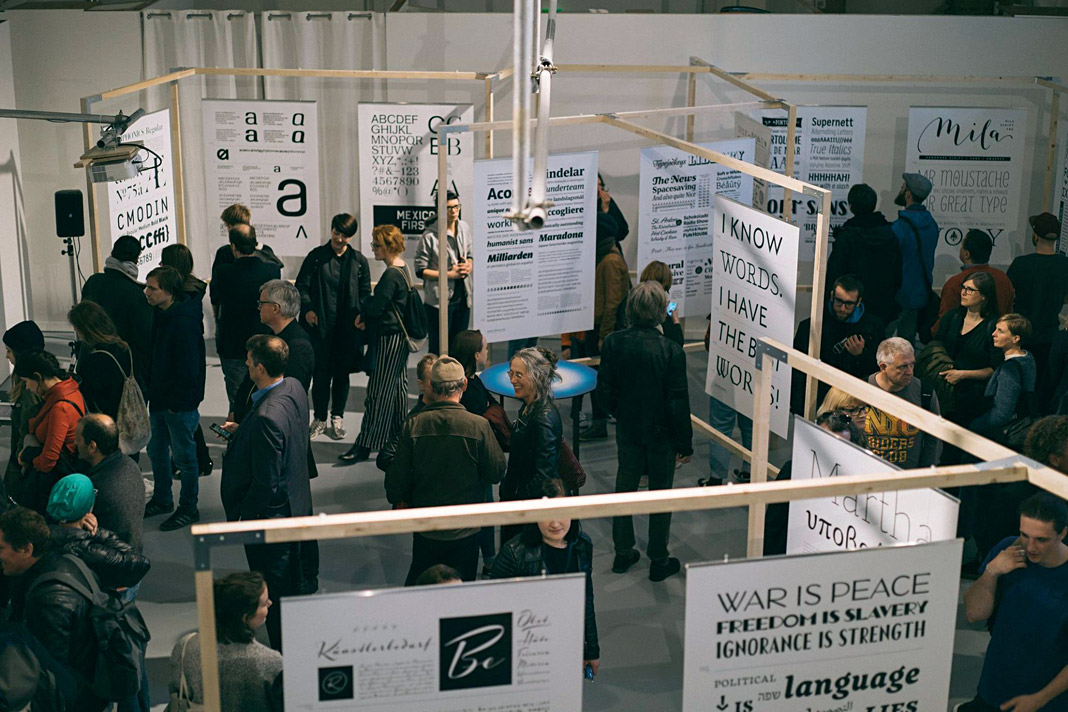 Visitors at the opening looking at and discussing about Austrian type design.
Visitors at the opening looking at and discussing about Austrian type design.Paul T. Frankl’s autobiography entirely set in Acorde
Another great example of Acorde in use: Paul T. Frankl’s autobiography offers a unique insight into the rise of American modernism from an insider’s point of view. It sheds light on Paul T. Frankl and his contemporaries as well as on Austrian and American culture in the first half of the twentieth century.
The book was edited by Christopher Long and Aurora McClain and designed by Austrian book designer Peter Duniecki. It is entirely set in Acorde.
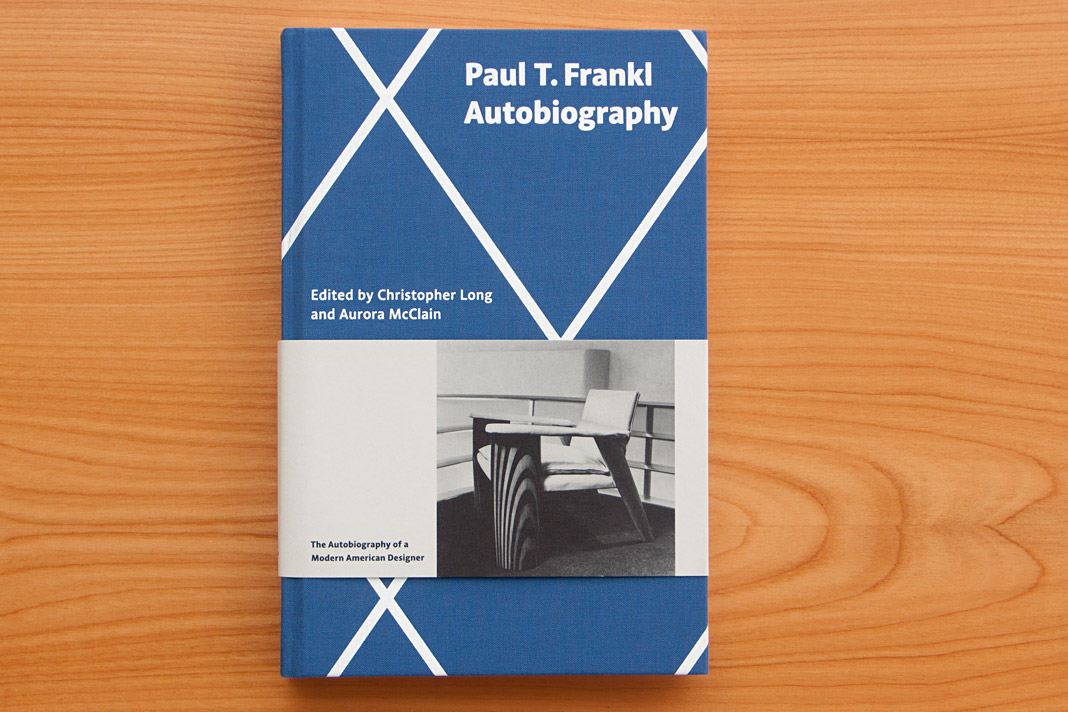 Cover of Paul T. Frankl’s autobiography, set in Acorde.
Cover of Paul T. Frankl’s autobiography, set in Acorde.
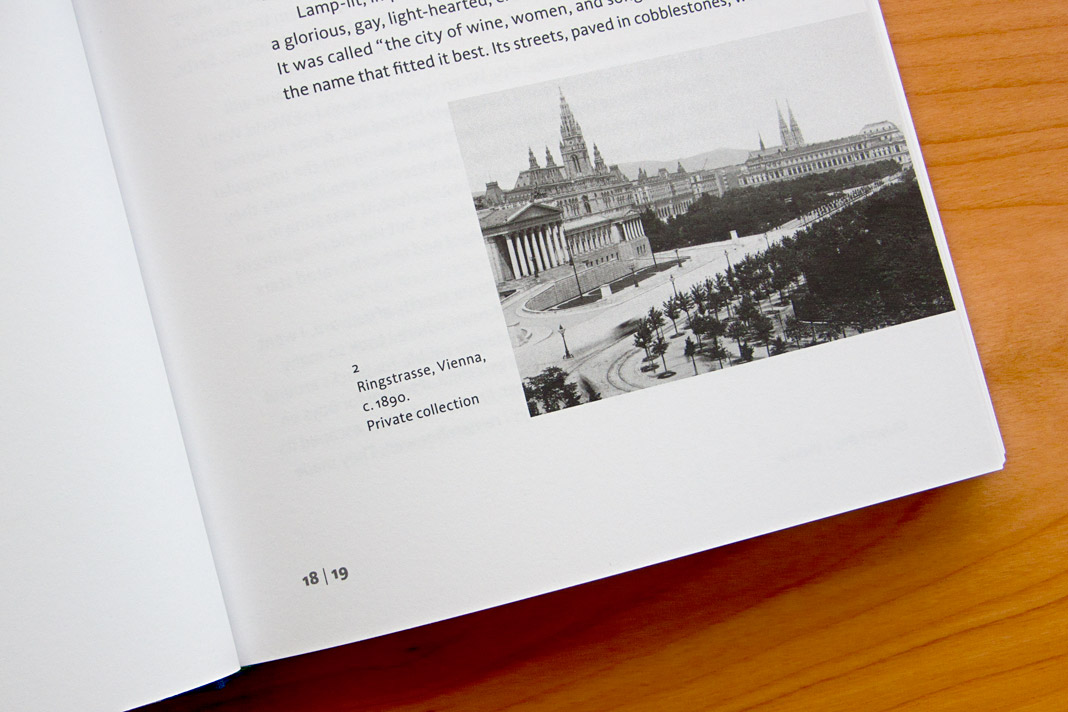
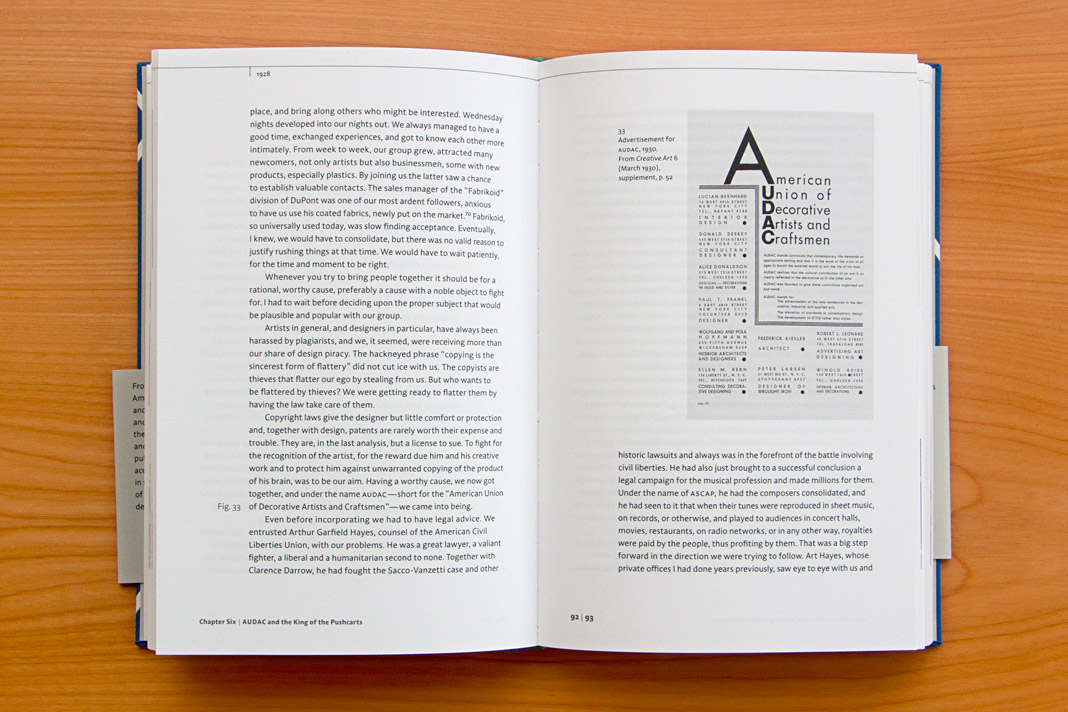
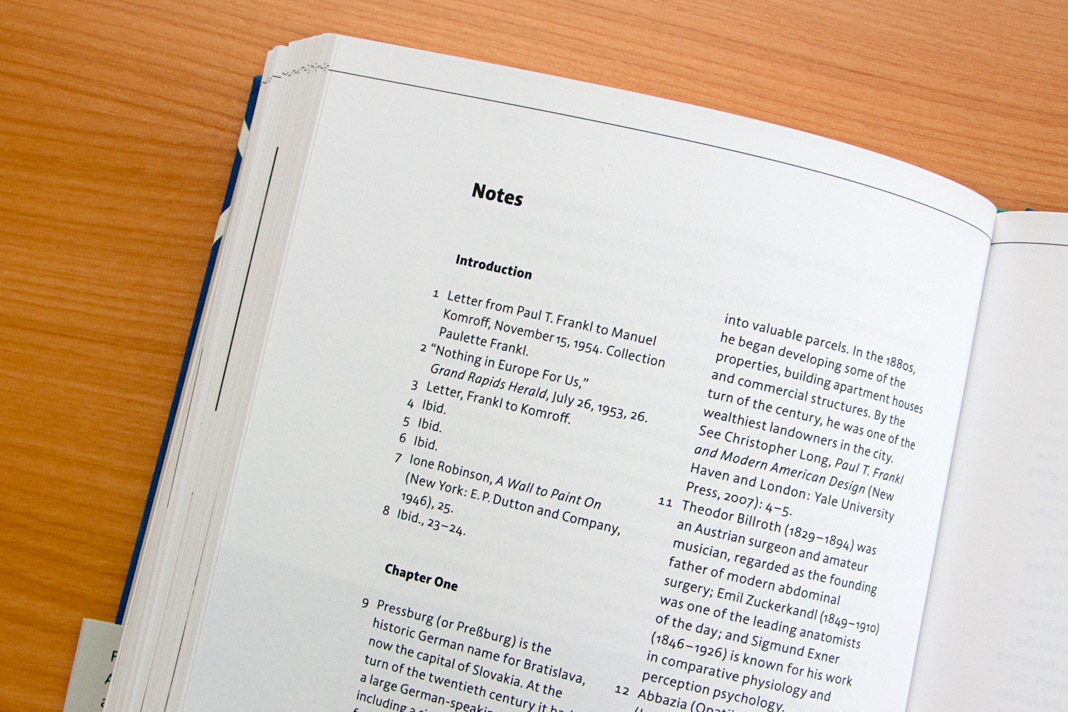
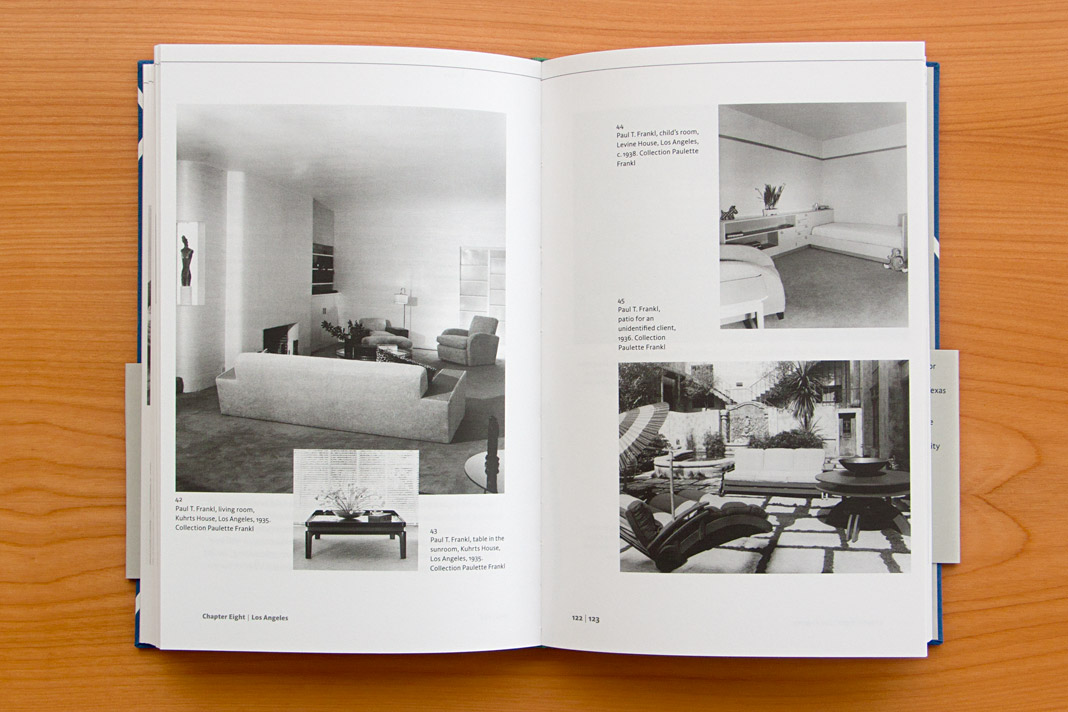
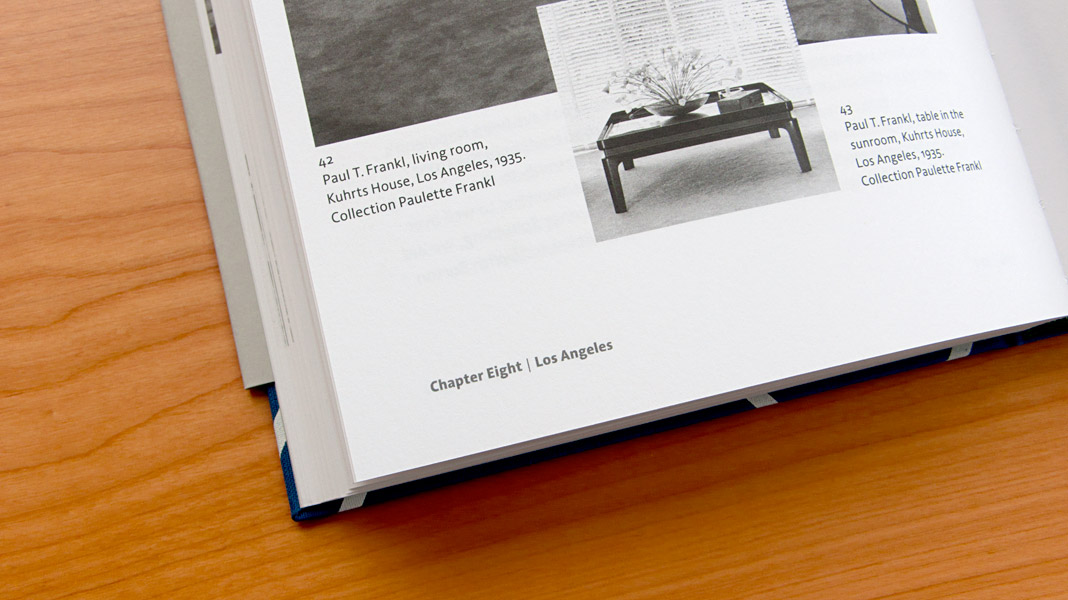
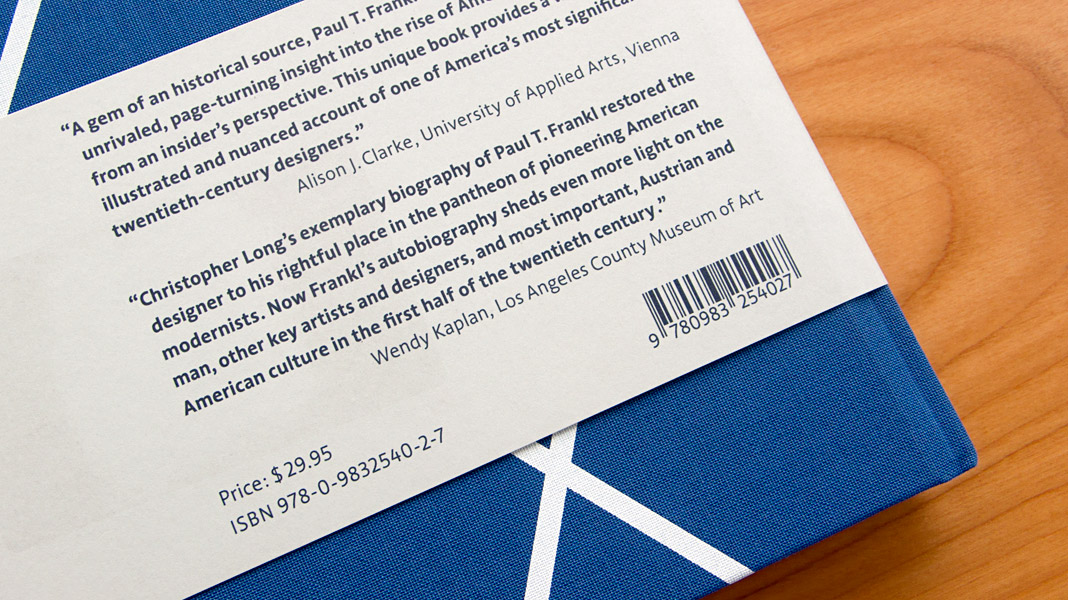 Various impressions of Frankl’s autobiography, designed by Peter Duniecki.
Various impressions of Frankl’s autobiography, designed by Peter Duniecki.Interview in German design magazine Novum
Recently I was interviewed at length by German design magazine Novum. The interview is published in the current issue (07.16) and is available in German and in English. It covers varied issues such as design trends, bespoke typefaces, renowned design prizes, and the work currently being done at Willerstorfer Font Foundry. Recommended reading!
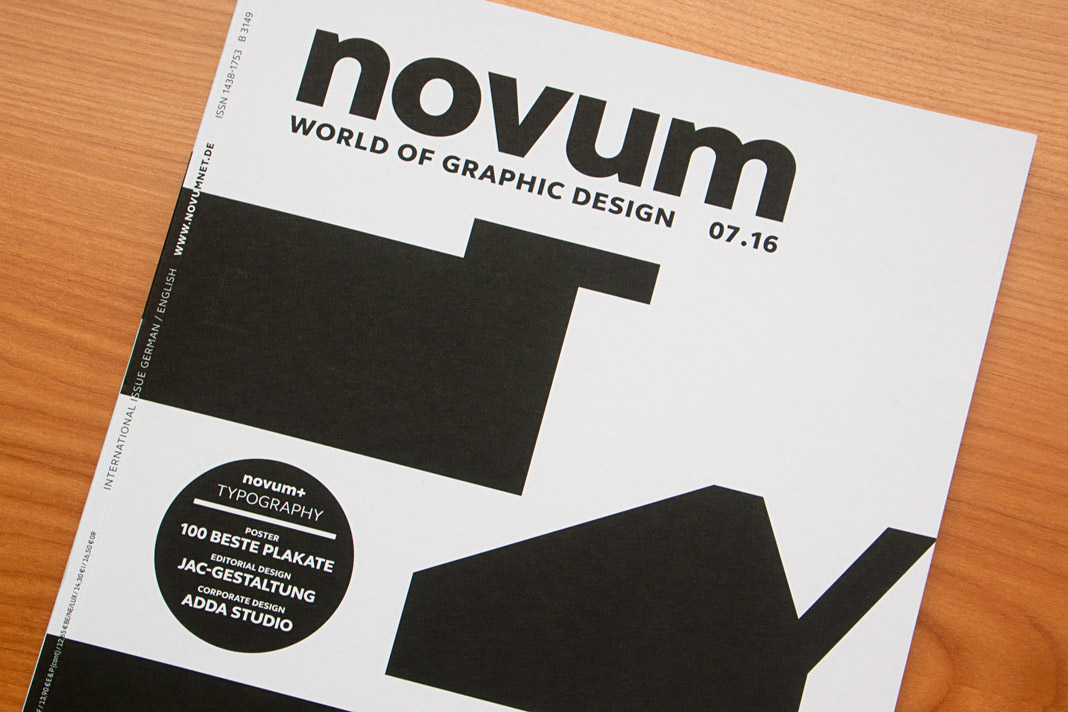
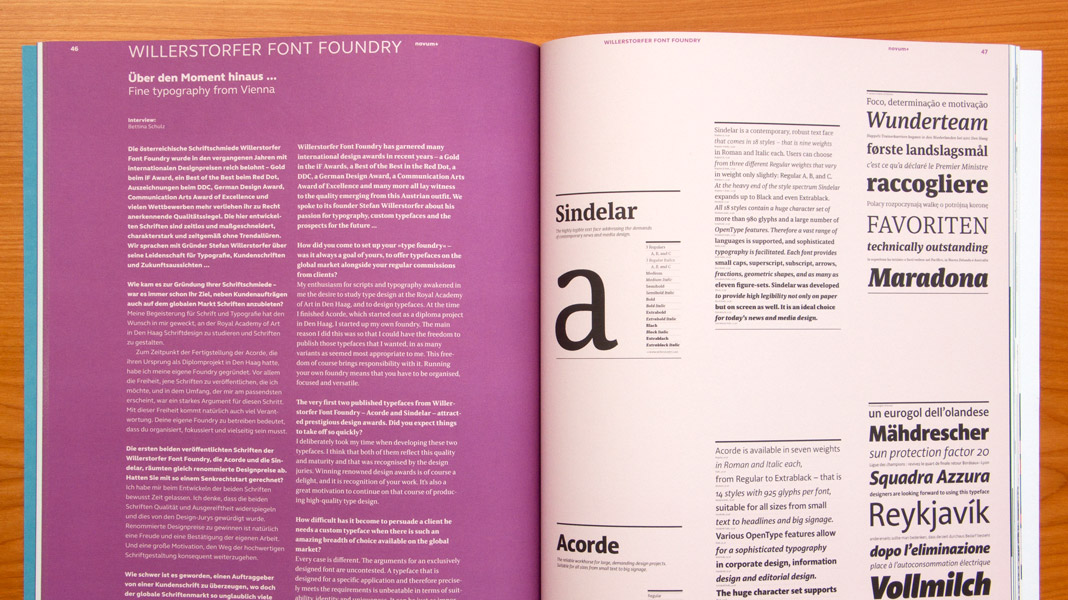
 The interview is published bilingually in German and English.
The interview is published bilingually in German and English.Interview at FreeTypography’s Typography Blog
Recently I was interviewed at length by FreeTypography’s Typography Blog. If you are interested in learning more about my work and the motivation and values behind it, please head to FreeTypography.
Among other things you can read about the development of Acorde and Sindelar, their specific purposes and qualities, and the similarities these two type families have in common.
 Read about Stefan Willerstorfer, his work, and his opinions at FreeTypography’s Typography Blog.
Read about Stefan Willerstorfer, his work, and his opinions at FreeTypography’s Typography Blog.